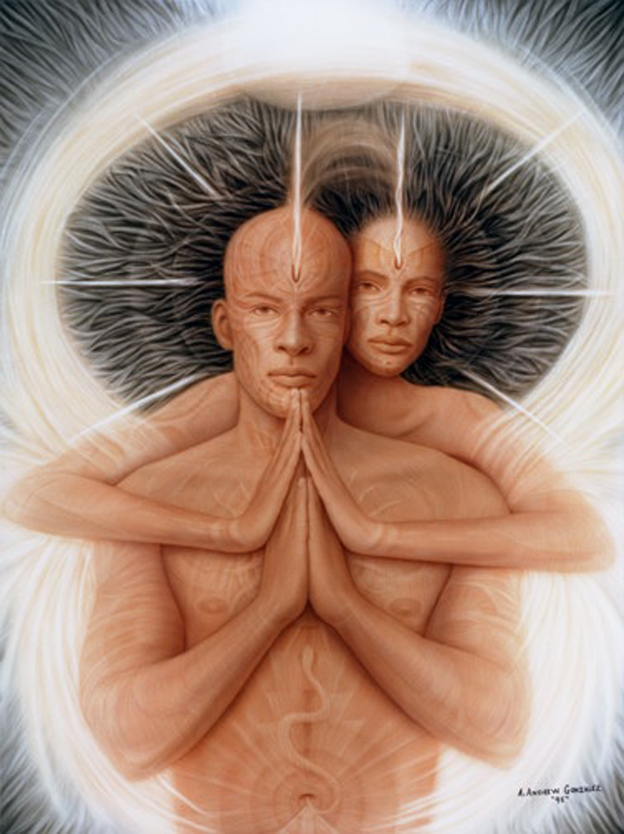If you’ve read Why Love Hurts, and Being a Wholesome Half, (part1/part2), you’ll remember that if we are to be in a successful and fulfilling relationship, we must first attend to ourselves. The best way to do this is by learning to find the eternal present within you. In other words, practice complete awareness at all times.
Being in the moment gives us access to feelings and thoughts that may otherwise be overlooked. As a result, one learns to know oneself and love oneself. What follows is an honest, compassionate, and loving approach to the significant other and the relationship as a whole. However, I’d like to emphasize that becoming a wholesome half is only one part of the equation. The other part is putting that newfound presence into practice within the relationship. This may seem obvious, but too often a person can do great work on themselves, and then neglect to actively use what they’ve learned in the context of love.
So what does that look like? Much the same as individual practice, except not completely internal. You must remember that your practice is just that—practice. The rest of life is the game. This includes your relationship. Individually, we become mindful of all the subtleties of thought and feelings that arise within us. When we are with another person, there is another factor in the equation—the other person.
Sometimes, our partner may do something that interrupts our peace of mind. When this happens, we may lose our cool and respond defensively. Or we may keep our cool, notice the feelings, and allow them to fade away. If we achieve the second option, we must then share it. It’s easy (and desirable) to internalize and let it go, but that can also serve to alienate our significant other. It may appear that we don’t care. There is nothing wrong (and everything right) with calmly and presently sharing one’s thoughts and feelings even if we understand that we do not have to identify with them. This is true presence.
In this way, we create a shared environment of presence. Even if your partner is not as present, you can create this space. Often if one person does it, the other will follow. But we must remember to cultivate this space even in the absence of conflict. This means we do our best to stay present, and invite our partner to share in it with openness and non-judgment. Instead of believing our circumstances or the other person should be a certain way, we allow our experience together to unfold. In this way, we confront issues as they arise and there is always an open dialogue. This will serve to keep the relationship feeling fresh and new every day (because IT IS).
Where there is presence, there is love.
Agree? Disagree? How do you stay present in your relationship?
By Terence Stone
Featured Art: Sacred Marriage by A. Andrew Gonzales
For more on this topic, read this article at alovingspace.com
If you enjoyed this article and want to get involved, please follow the blog, like us on facebook, and follow us on twitter.

